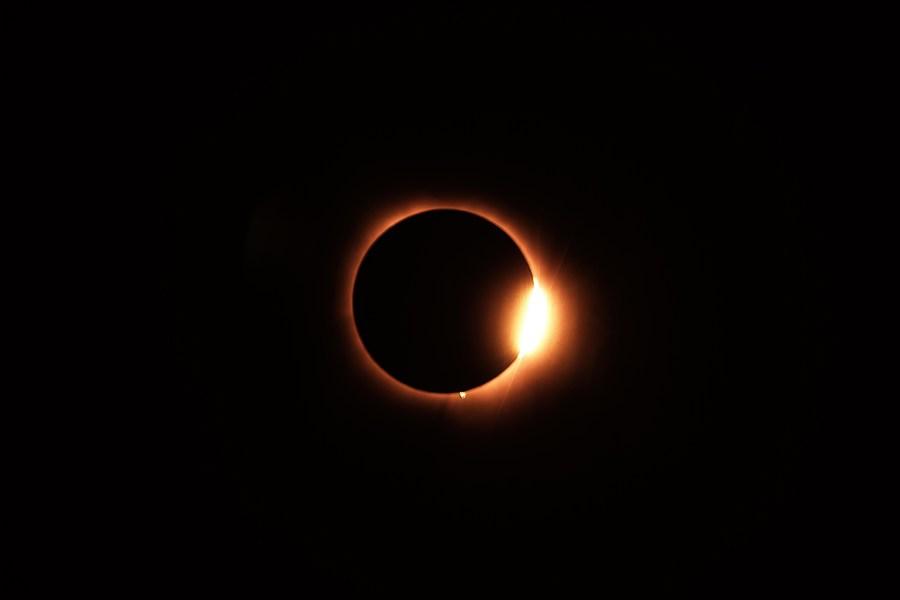<i id='CBA13465C5'><strike id='CBA13465C5'><tt id='CBA13465C5'><font lang="38b769"></font><ins draggable="486431"></ins><small dropzone="9f5757"></small><pre date-time="b6c367" id='CBA13465C5'></pre></tt></strike></i> 
A total solar eclipse is pictured in Plano, Texas, the United States, on April 8, 2024. [Photo/Xinhua]
A total solar eclipse was sweeping across North America on Monday, as residents and visitors gathered in different locations on the path of the eclipse to watch and cheer.
The total solar eclipse -- nicknamed the Great American Eclipse for its long path over North America -- was visible in the sky over parts of Mexico, 15 U.S. states and eastern Canada.
The Mexican city of Mazatlán was the first place to see the total solar eclipse as it emerged over the Pacific Ocean on Monday.
Totality reached Mazatlán at 11:07 a.m. Pacific Time, and lasted for a little more than four minutes.
The path of the eclipse continued from Mexico, entering the United States in Texas, and traveling through Oklahoma, Arkansas, Missouri, Illinois, Kentucky, Indiana, Ohio, Pennsylvania, New York, Vermont, New Hampshire, and Maine. Small parts of Tennessee and Michigan could also experience the total solar eclipse, according to NASA.
Cities in the state of Maine would be the last locations in the United States to experience total solar eclipse, according to NASA live broadcast.
The eclipse entered Canada in Southern Ontario, and continued through Quebec, New Brunswick, Prince Edward Island, and Cape Breton. The eclipse exited continental North America on the Atlantic coast of Newfoundland, Canada, at 5:16 p.m. Newfoundland Daylight Time, according to NASA.
The eclipse has now come to an end for all land areas.
Crowds at different locations let out loud screams in excitement as they saw the moon blocked the sun. Though some places had clouds blocking the full view, people still got excited and cheered as nighttime descended in the middle of the day for a brief moment.
A total solar eclipse happens when the Moon passes between the Sun and Earth, completely blocking the face of the Sun. The sky will darken as if it were dawn or dusk.
Many cities in the path hosted public viewing events and gave away eclipse safety glasses. At several zoos, researchers joined citizen observers to watch how animals behaved.
After the total solar eclipse on Monday, the next total solar eclipse that can be seen from the contiguous United States will be on Aug. 23, 2044, according to NASA.
like: 42364dislike: 493
Comment区